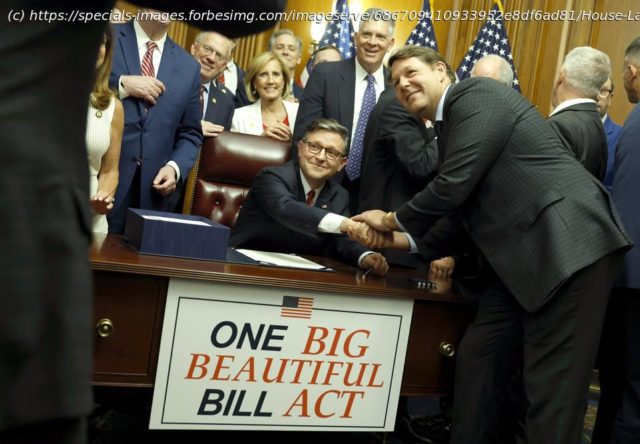It’s critical to understand the role that Medicaid and Medicaid State-directed payments (SDPs) play in the survival of what are known as Safety Net Hospitals.
Since the pandemic struck the U.S., most Americans have developed a keen appreciation of their hospitals and an equal awareness of how fragile these hospital systems really are. Which is why it’s critical to understand the role that Medicaid and Medicaid State-directed payments (SDPs) play in the survival of what are known as Safety Net Hospitals. And what’s even more important is how the passage of the One Big, Beautiful Bill Act will now affect Medicaid and those SDPs, supporting these hospitals.
So what are Safety Net Hospitals and what do they do? As the name implies, these hospitals play a critical role in the U.S. Healthcare system, they are literally the lifeline for vulnerable populations, including those who are uninsured or have Medicaid. They serve as a “safety net” by offering services regardless of a patient’s ability to pay or their insurance status. These hospitals are often located in low-income communities and rural areas.
These hospitals also often operate on fragile margins (approximately 39% experience negative margins), and their reserve funds, an indicator of stability, are not comforting. Without adequate reserve funding, a hospital or nursing home is unable to function in the event of a downturn in reimbursements. Inadequate cash reserves, measured in the number of days the facility can continue operating with no or delayed income, portend the collapse or even closure of the operation.
What is the financial lifeblood for these hospitals are the aforementioned SDPs, this payment arrangement permit states under 42 CFR 438.6(c) to make supplemental payments to hospitals for Medicaid patients which can amount to even more than Medicare payment coverage. This funding is critical in covering hospital operations and when you consider that the days of cash on hand in 1 in 10 hospitals is less than 110 days, they are literally rated “Vulnerable” or worse, « Highly Vulnerable. »The Rural Health Transformation Program
The Act does acknowledge the fragility of rural hospitals and has an initiative called The Rural Health Transformation Program which will appropriate $10 billion per fiscal year to Centers for Medicare & Medicaid Services (CMS) for fiscal years 2026-2030, for a total of $50 billion over five years to help them. But this deficit math simply doesn’t add up and even the details of their administration are vague. Adding to the problem, the The Act makes it more difficult for states to close payment shortfalls by restricting their ability to use provider taxes to boost Medicaid payments. This further limits resources for hospitals and increases financial pressure, especially in states that have used these mechanisms to support rural and Safety Net Hospitals.
According to Becker’s Hospital Review, for the first time in the last decade, the average number of days cash on hand dropped below 200 to 196.8. The upper half of U.S.-based nonprofit acute healthcare providers reported an average of 292 days, while the lower half reported an average of 128 days.
Home
United States
USA — Science Diagnosing Medicaid Cuts To Hospitals In The One, Big, Beautiful Bill






